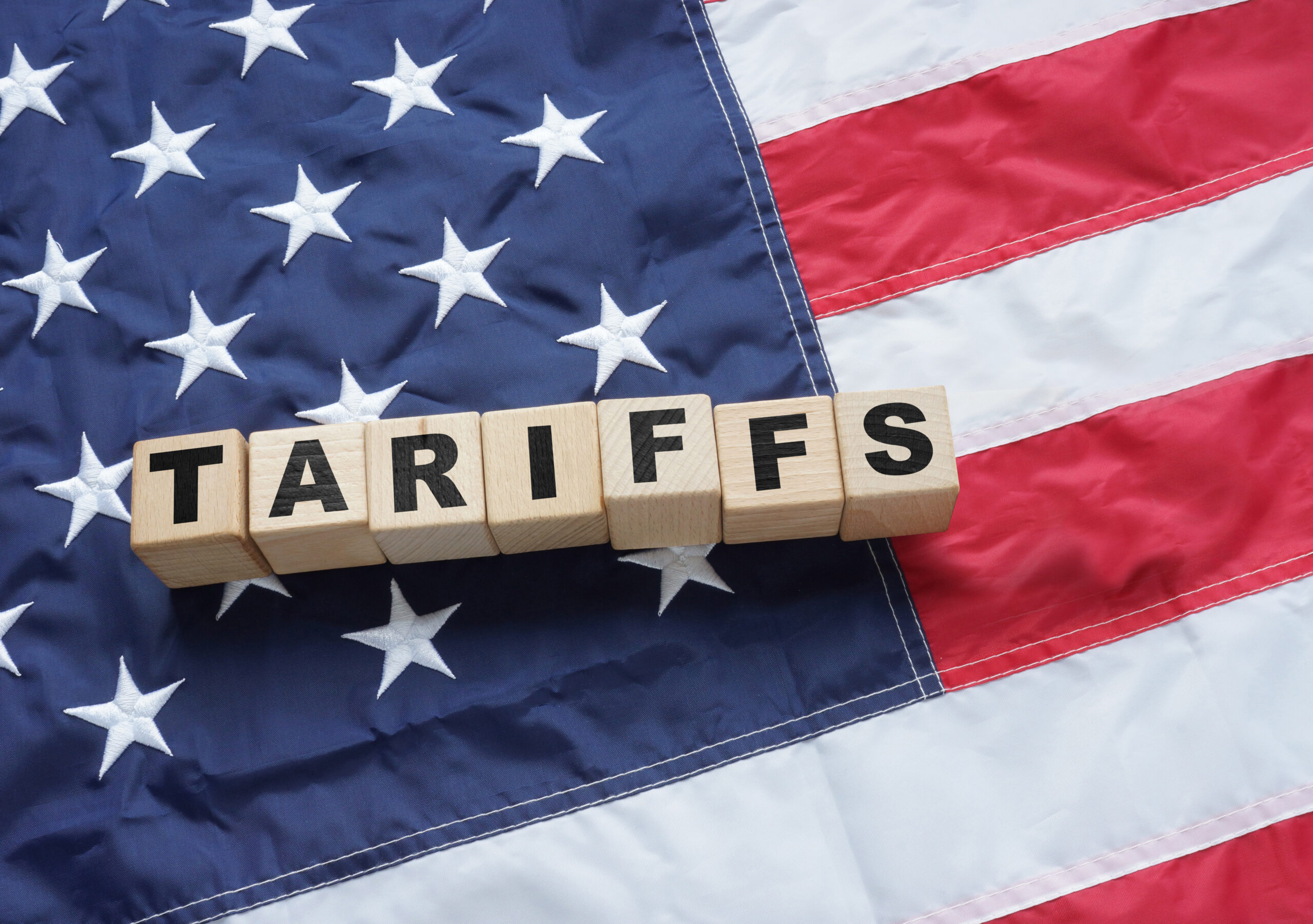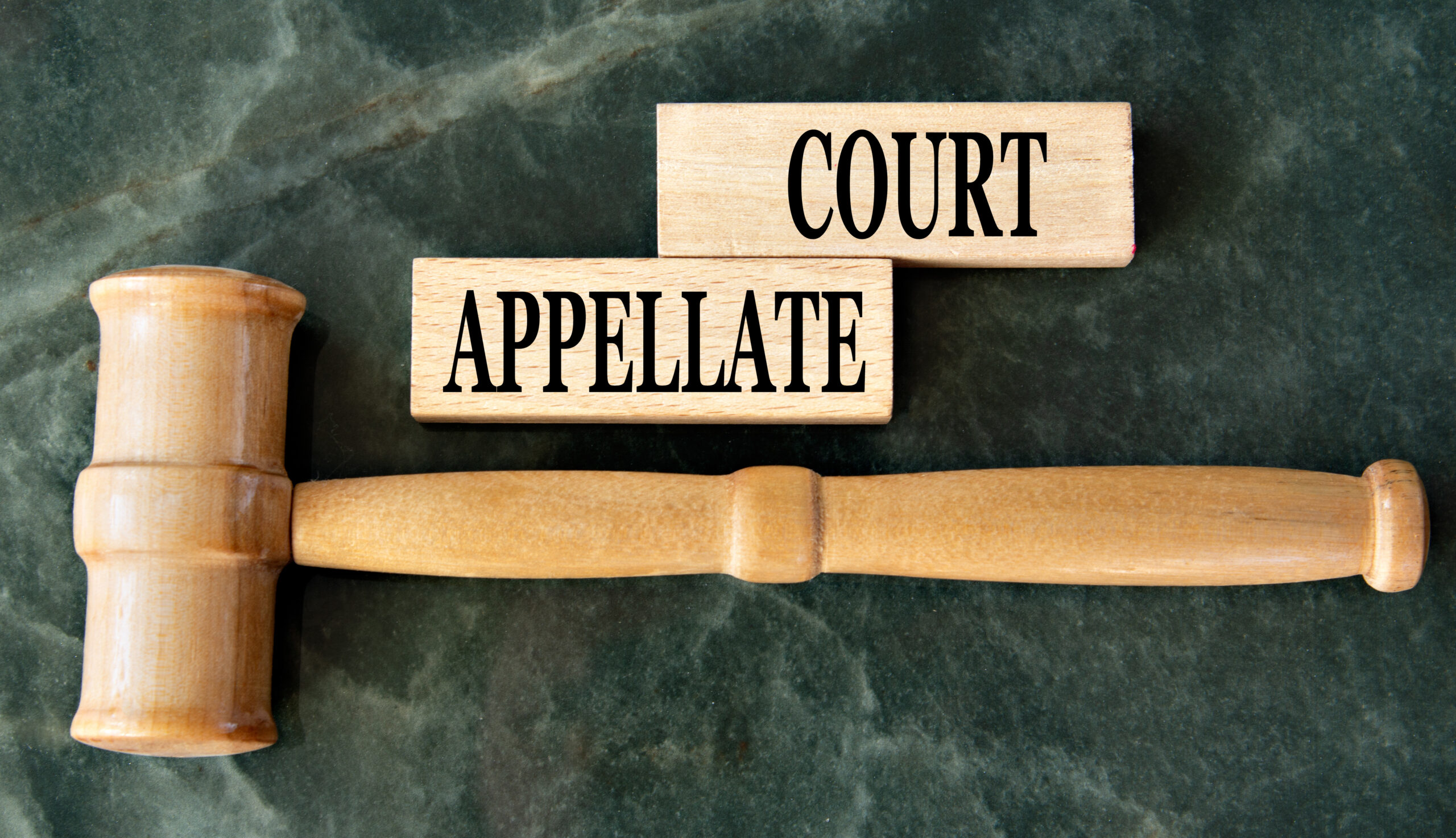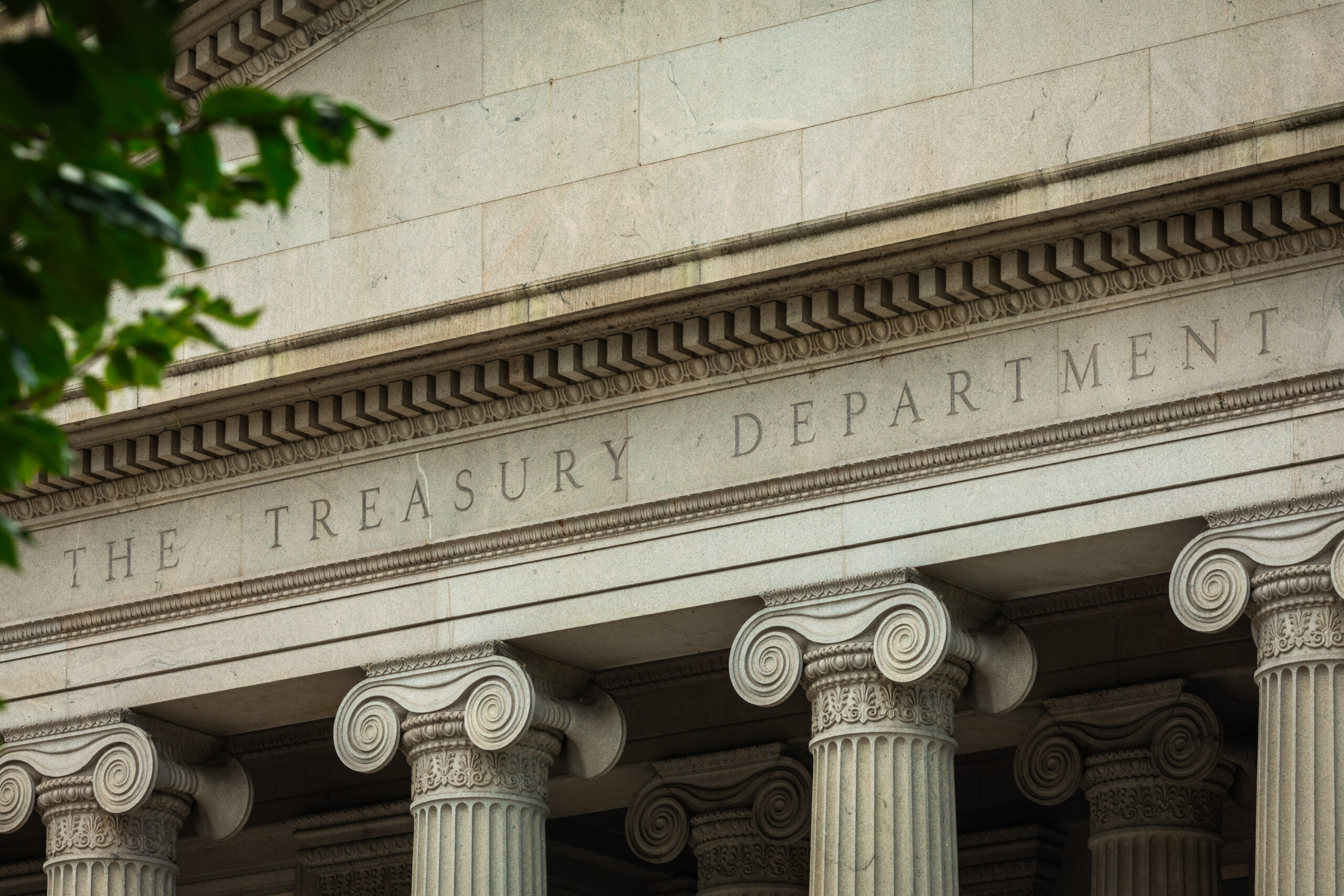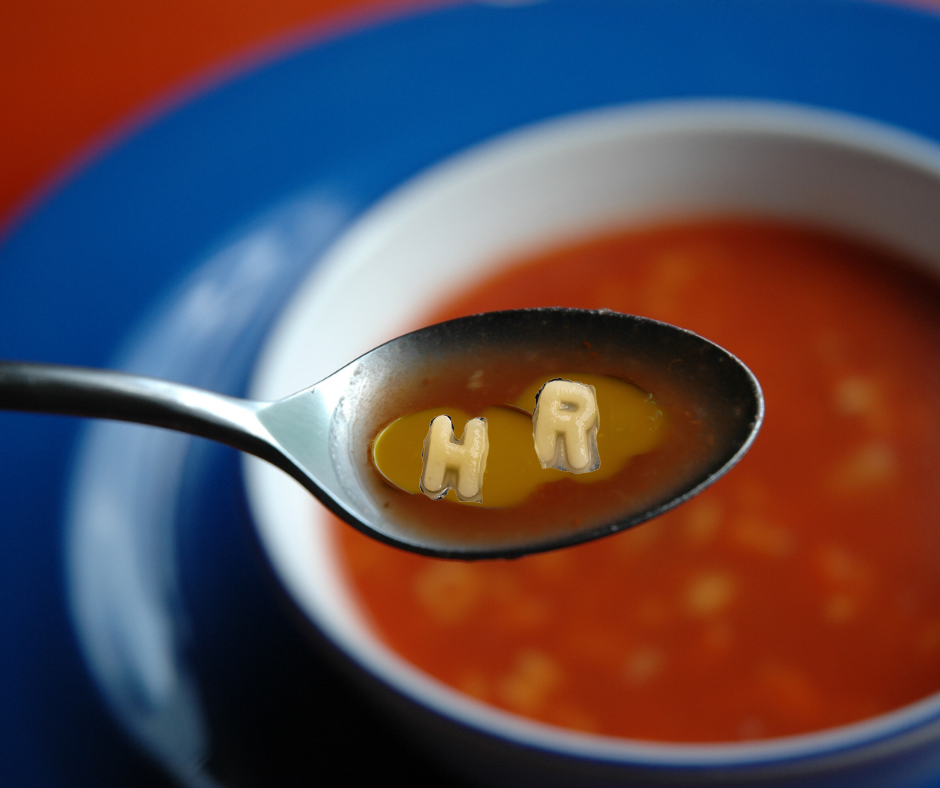by Stephanie A. Koenig and Jacob M. Sitman
On March 7, 2019, the United States Department of Labor (DOL) unveiled a proposal to make more workers eligible for overtime under the Fair Labor Standards Act (FLSA). The DOL has requested public comments on the proposed rule, and hopes to publish a final rule before the 2020 presidential election. A final rule, based on this proposal, would officially rescind the 2016 Final Rule. This would be a significant change affecting many employers and employees across the country.
As you may recall, in 2016, the DOL issued a Final Rule, which modified provisions of the overtime exemption regulations for executive, administrative, and professional (EAP) employees. Most notably, the 2016 Final Rule increased the weekly salary threshold to spark the EAP overtime exemptions from $455 ($23,660 annually) to $913 ($47,476 annually). This increase alone was estimated to impact almost 4 million workers. The 2016 Final Rule was suspended later by a federal judge; the case is currently on appeal.
Now, the DOL has issued a proposed rule to set the weekly salary threshold to trigger the EAP overtime FLSA exemption at $679 per week. This means that salaried employees earning less than approximately $35,000 annually would be ineligible for the EAP exemptions, and must be paid FLSA overtime for hours worked over 40 per week (unless they qualify for some other exemption). While not quite as impactful as the 2016 Final Rule, this proposal is still expected to result in approximately 1.1 million workers losing exempt status. This new proposal does not change the “duties test” for the EAP exemption under the FLSA. The DOL also intends to propose updates to the salary and compensation levels every four years, rather than, for instance, incorporate fixed increasing salary exemption levels over time.
Similar to the 2016 Final Rule, the DOL proposal permits the inclusion of nondiscretionary bonuses and incentive payments, including commissions, as part of the salary amount for purposes of exemptions, up to a maximum of 10% of the salary threshold. This means that up to $3,500 in annual commissions can be applied toward the $35,000 threshold for the EAP exemption. These types of payments can be paid on an annual, or more frequent, basis.
We recommend that employers begin to review their policies and procedures to determine the potential impact of the proposed rule, and whether changes to those policies and procedures are needed. We can assist you with this review. Because this is not yet a final rule, and the specifics are likely to evolve, we will continue to monitor this situation.
Please contact Jacob M. Sitman, Stephanie A. Koenig, or any member of our Employment Law and Labor Relations Group for more information regarding this topic or other employment topics.









